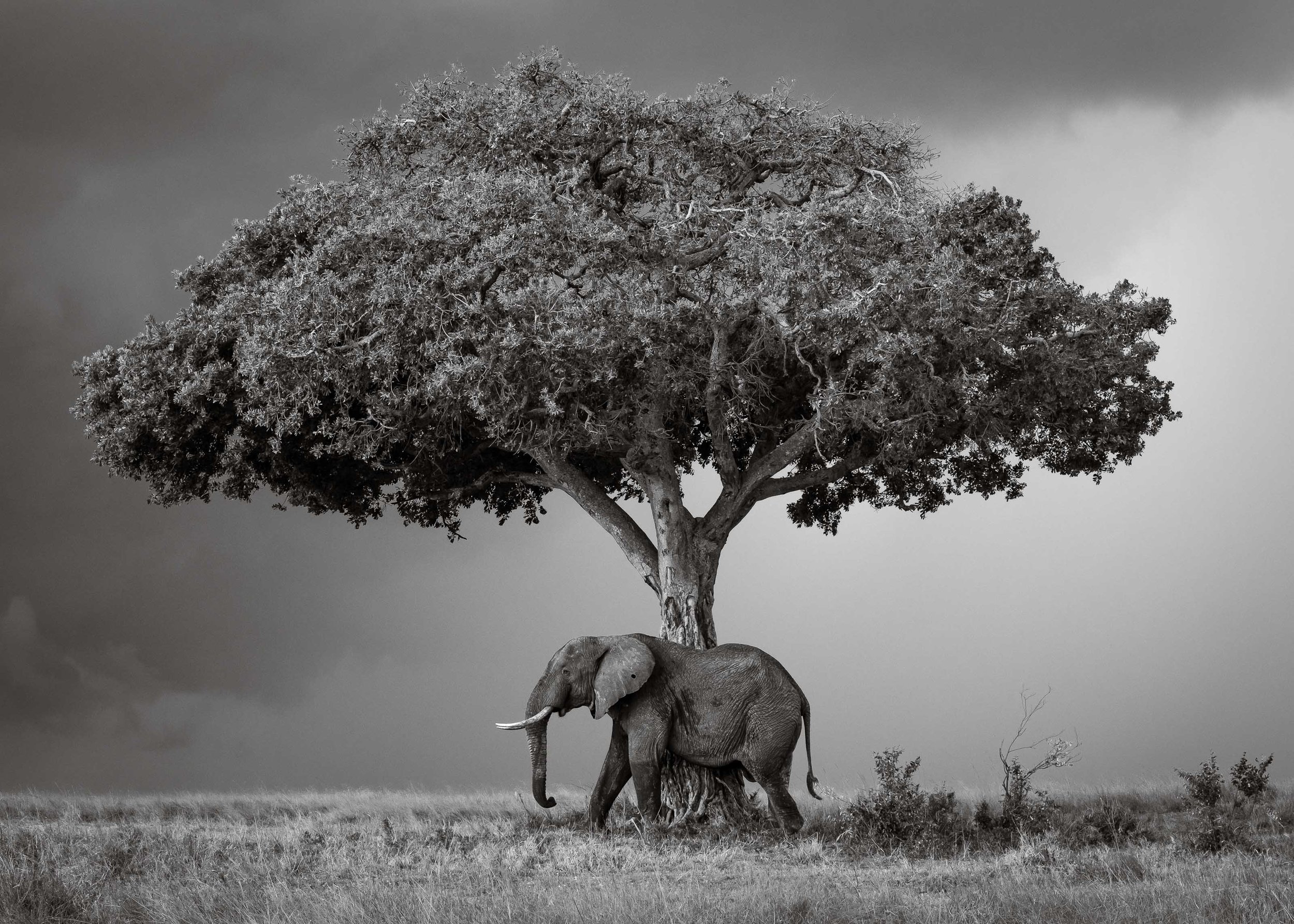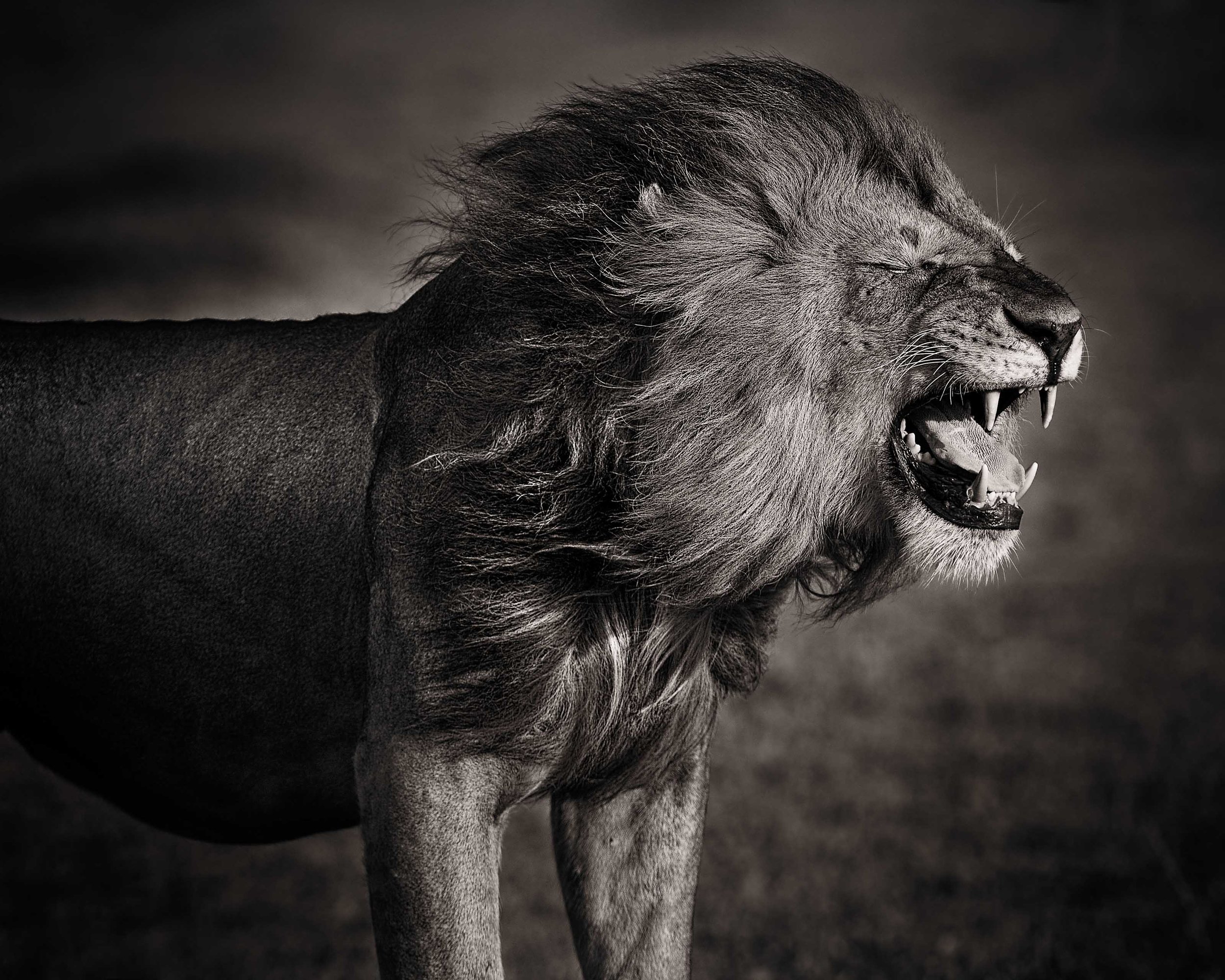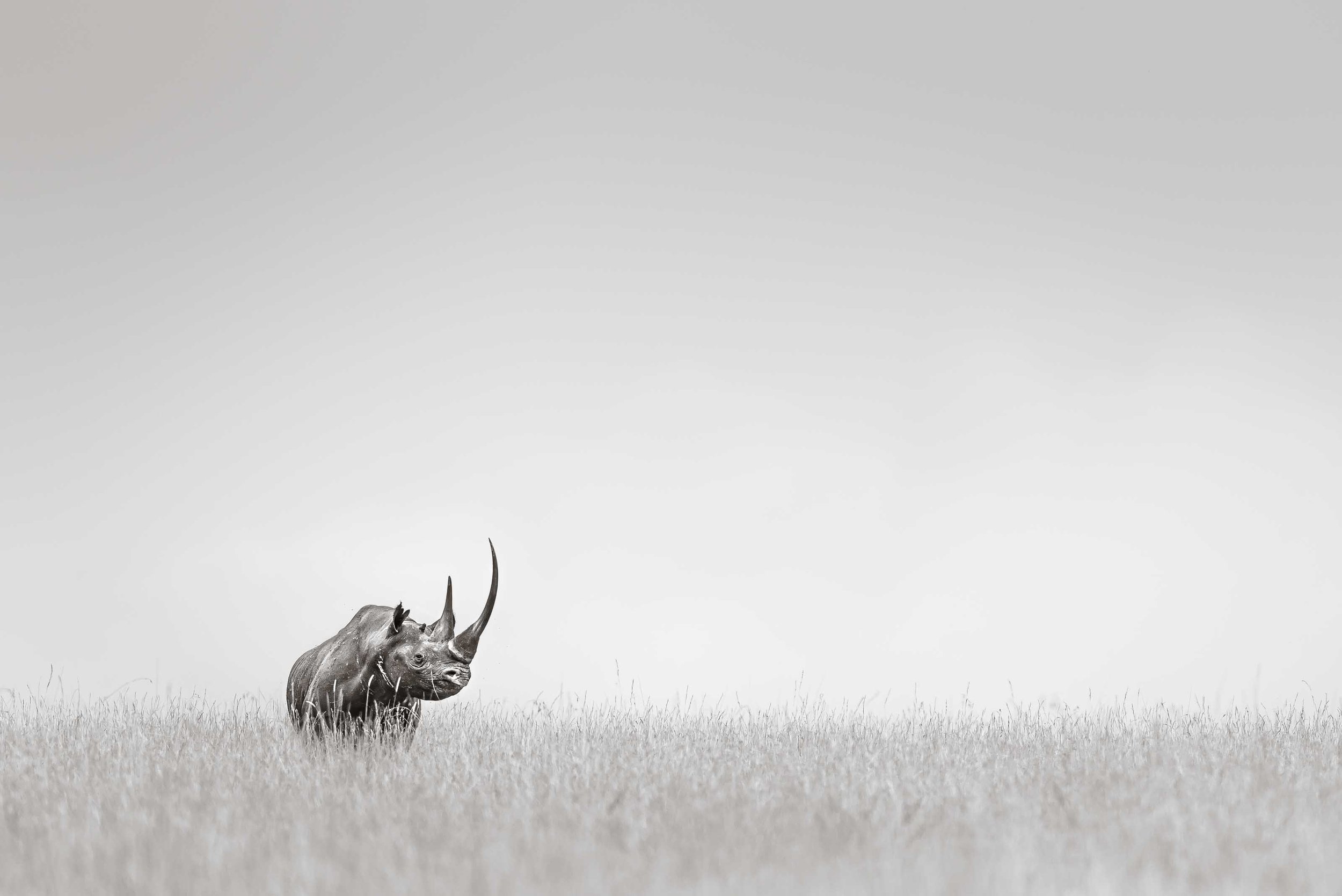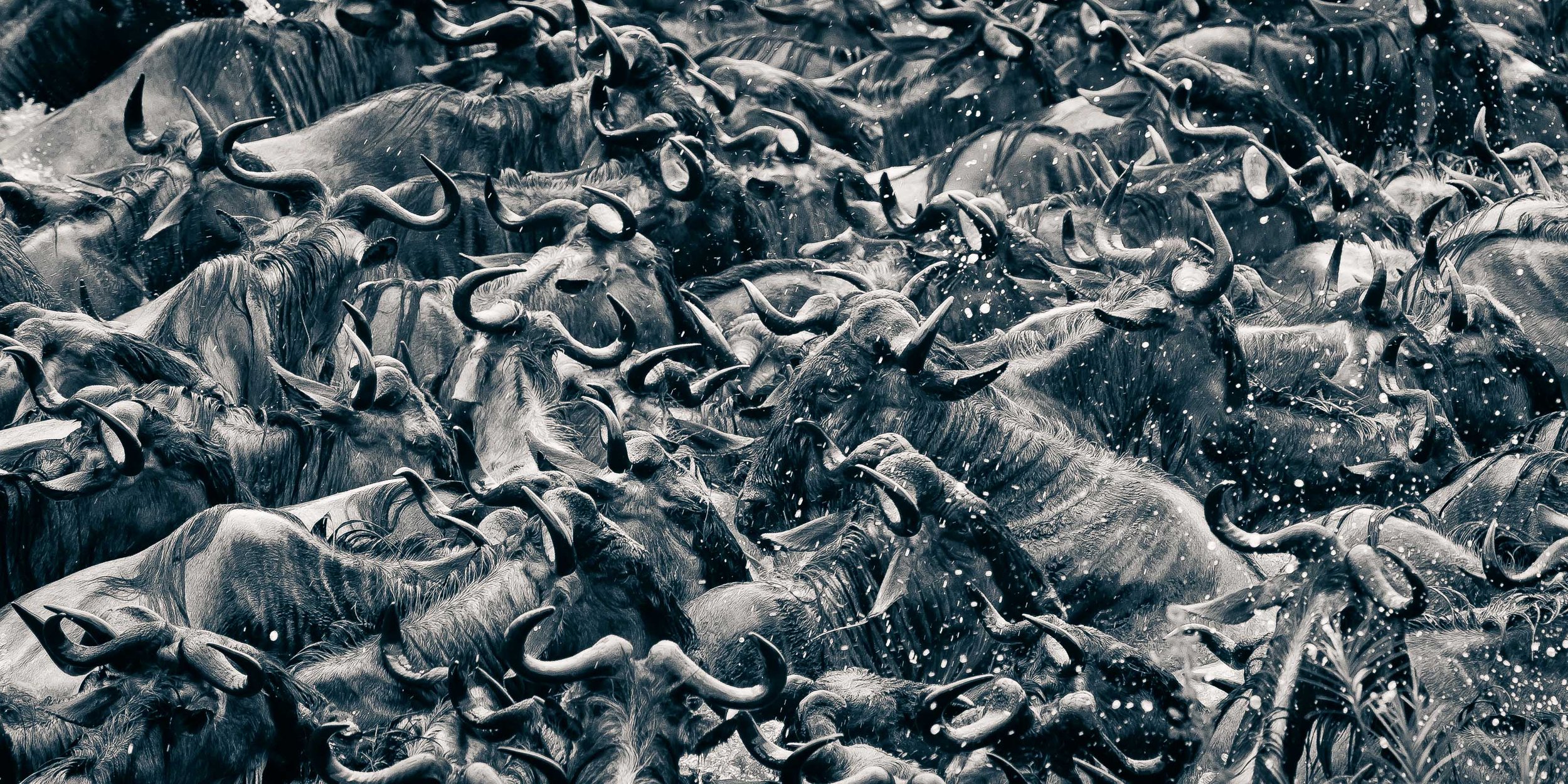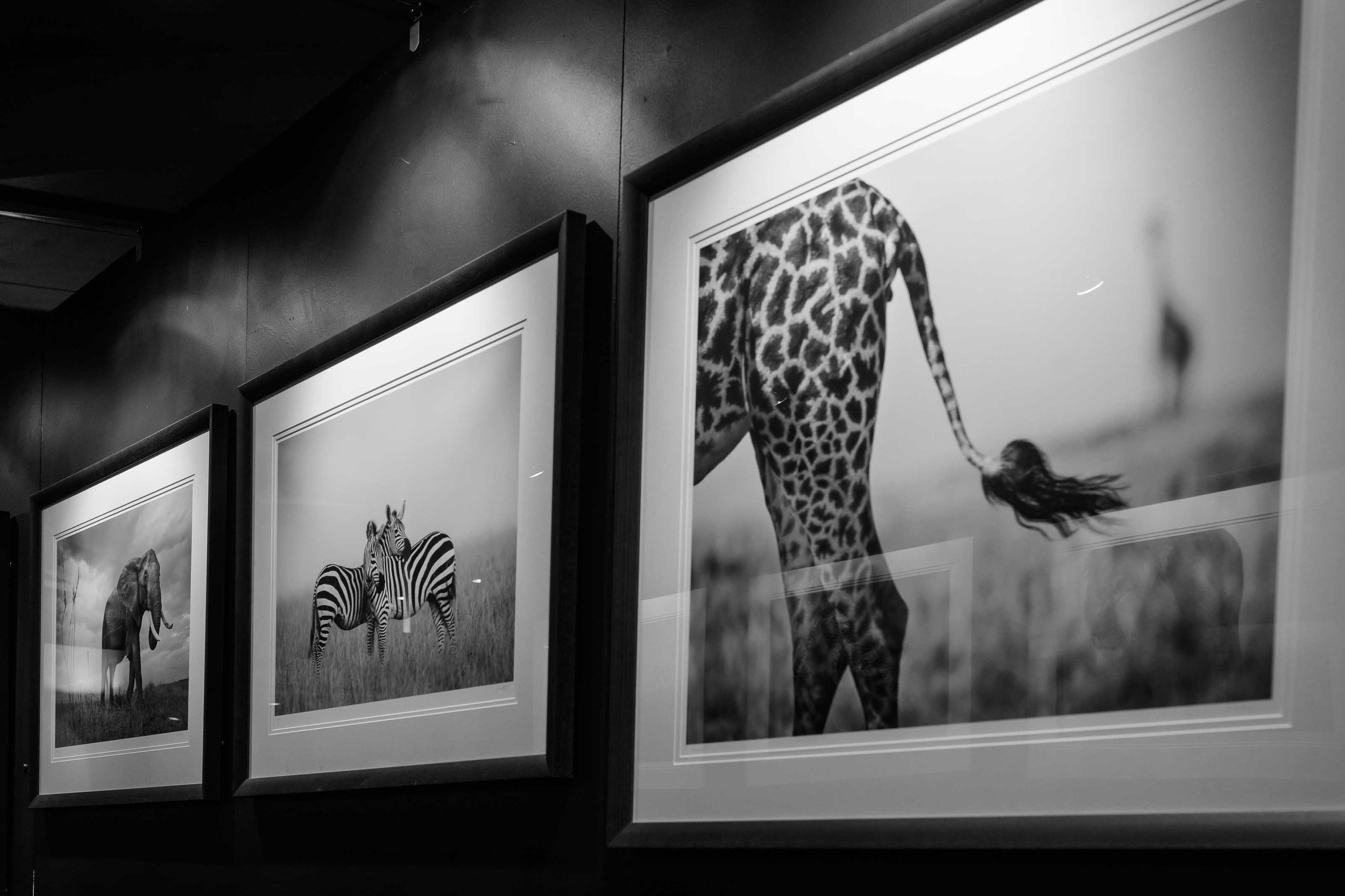The Rising Popularity Of Black And White Photographs Of Animals In The Wild
It may surprise you to know that black and white wildlife photography is a relatively new genre, first appearing with regularity only ten or fifteen years ago.
Before that, the world of wildlife was one of the few genres, if not the only one, which was almost exclusively colour. At least this has been true since the 1950’s anyway.
A picture of an elephant, giraffe or tiger was more desirable in colour because that was what people wanted to see. There was little interest in black and white photographs of animals then because the world preferred to see something as close to life as possible.
A new era of black and white wildlife photography
The Wildlife Photographer of the Year competition flirted briefly with a black-and-white category, but we had to wait until 2007 for it to become a regular feature.
But it was the year 2005 when things really got going for the new genre of black and white wildlife photography, with Nick Brandt showing us that wildlife could look good without colour. He used a Pentax 67 medium format camera and black and white film to create animal pictures in black and white.
Related: Two images awarded in the 59th Wildlife Photographer of the Year Awards
Black and white photographs of animals
That year Brandt published On This Earth, a collection of black and white animal pictures, the like of which many of us had not seen before. It was unique, and it soon became one of the biggest-selling coffee table books of the first ten years of this century.
These groundbreaking animal pictures in black and white challenged conventions and helped pave a way for a new era of black-and-white photography of animals, inspiring photographers around the world to embrace the beauty of monochrome.
The emerging popularity of black-and-white photography
Shortly afterwards, the digital revolution took hold making photography more accessible to more people. One medium that photographers jumped all over was that of black and white.
It became easy to convert a picture to black and white with a few keystrokes, unlike the alternative of spending an evening in a darkroom using chemicals and paper. It was easier, and anyone could do it. But therein lay a problem.
I recall the advent of desktop publishing, where a computer, a few typefaces and a printer made graphic designers out of business owners. Suddenly everywhere there were restaurant menus, leaflets and posters made up using rounded borders, Zapf Chancery and clip art. It was easier, and everyone could do it.
Only, as with wildlife photography in black and white, these early efforts didn’t always look very good.
Animal pictures in black and white: Simply a colour conversion?
Converting is not a word to favour when it comes to making a black-and-white picture. The commonly mistaken premise is that to create a good black-and-white photo is to convert it from colour.
Anyone with a traditional background will know that producing a quality black and white print from a negative often requires hours, days even, to get the right look. You did not just convert the image from the negative to the paper.
The burn and dodge tools in today’s photo editing software such as Photoshop are a legacy of the darkroom. Areas of the print under the enlarger were ‘burned in’ with a burn tool (cardboard with a hole in it) or held back with the ‘dodge’ tool (a smaller cardboard at the end of a wire handle).
There was no undo; you threw it all away at an expense, and you kept trying until you got to where you wanted it to be.
Black and white wildlife prints
Since then, fundamentally, not a lot has changed in regard to the making of a black-and-white photo print. It still needs to be done using the same methods.
A good black-and-white photo is still a product of toil under Lightroom or Photoshop using modern-day digital versions of the same tools, just as their cardboard precursors used to be used in a darkroom.
Today, digital black and white still demands a development process from the ground up, just as we know colour does. The tones of a colour picture may look ok to begin with, but they do not always translate well to black and white if you simply convert.
A straight conversion of a picture of a red flower among green leaves may render those tones to the same grey, whereas judicial use of a colour control slider can separate the tones appropriately. Starting a black-and-white development with the white balance control can separate tones too – the white balance setting of the original colour version may not be suitable for black and white.
A straight conversion which skips over these steps often makes for a picture that should offer so much more.
The art of black-and-white photographs of animals and wildlife
Just as desktop publishing has matured since the 1980s, so has digital black-and-white photography. We realise now that it’s not just a few keystrokes and you’re done! We now know that it is as much an art form today as it was when the darkroom was in vogue.
What we have today is gallery after gallery, and book after book, of black and white wildlife photographs that were outside of most people’s aspirations barely ten or fifteen years ago.
Related: Wildlife photography books by David Lloyd
The rise of black and white wildlife photography
While colour has long been the standard in wildlife photography, the past decade has seen a growing appreciation for the timeless beauty of monochrome imagery.
Framed wildlife photographs in black and white now outsell colour by almost ten to one. Magazines regularly feature black-and-white photography, and most wildlife photographers include black-and-white galleries on their websites.
Related: Visit my black-and-white wildlife photography gallery
Why are black and white wildlife photographs so popular?
Without the distraction of colour, photographers who create animal pictures in black and white can focus on capturing the raw beauty and emotion of their subjects. Viewers of those images are also invited to see familiar subjects in a new light.
One thing is clear though. Capturing wildlife photographs in black-and-white requires more than just a click of the shutter—it demands a keen eye for composition, texture, and contrast.
While modern digital tools have made the process more accessible, the art of black-and-white photography remains rooted in traditional techniques. From mastering exposure and composition to fine-tuning tones and highlights, every step of the process contributes to the creation of captivating monochrome imagery.
Is black-and-white photography here to stay?
In recent years, black-and-white photography has experienced a resurgence in popularity, fueled by the accessibility of digital editing tools and a growing appreciation for minimalist aesthetics.
When I am asked whether black and white photos are here to stay though, my response is, “Who knows?”. Black and white across other genres has been popular since photography’s beginnings without significant fall. Now that wildlife has finally re-joined the ranks, maybe it will stay too.
What do you think?
David
